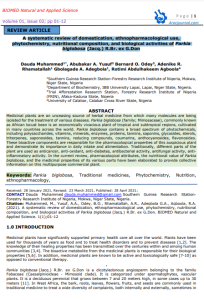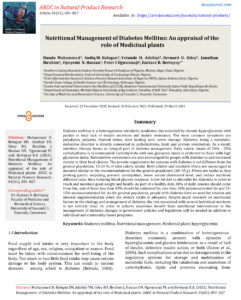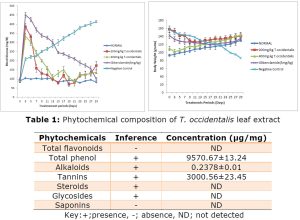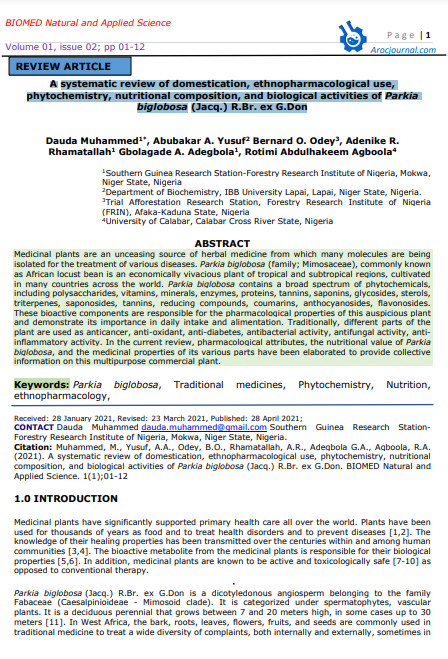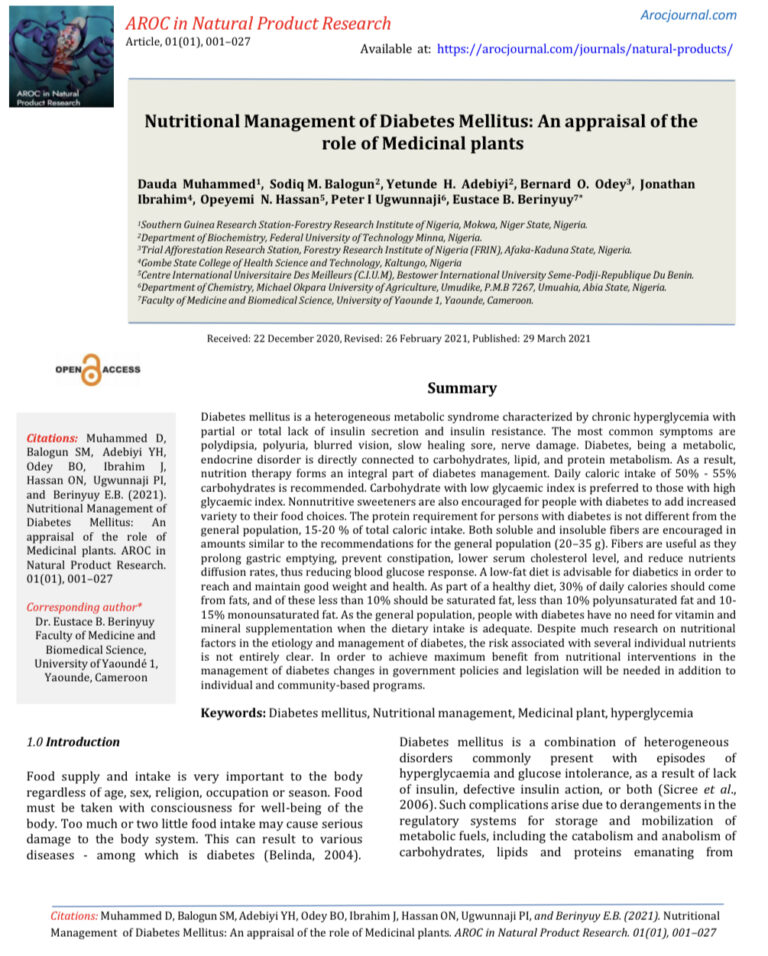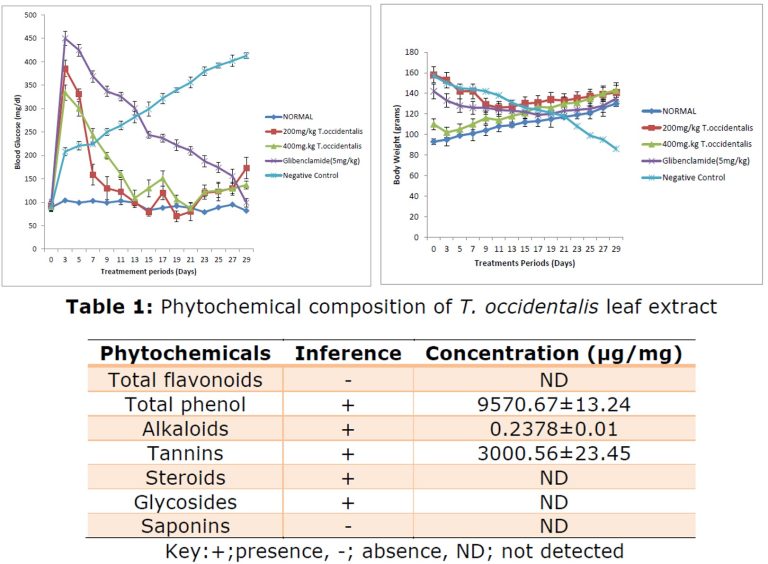Introduction
Mobile apps have become the lifeblood of modern digital interaction, powering everything from social connections to enterprise workflows. Yet, as user expectations soar—demanding faster, more responsive experiences across devices—developers face mounting pressure to deliver without ballooning costs or timelines. Enter the surge in cross-platform frameworks, coupled with sophisticated performance optimization techniques, which are redefining how we build and maintain apps in 2025. These tools promise a unified codebase for iOS, Android, and even web extensions, but their true value lies in balancing efficiency with excellence. Drawing from over a decade in the field, I’ve seen firsthand how these trends shift the paradigm from siloed native development to agile, hybrid models. This article unpacks these evolutions, offering a roadmap for researchers and practitioners alike.
We begin by contextualizing the topic, then explore current trends and hurdles. A technical deep dive follows, examining frameworks and methodologies, before turning to practical case studies. Finally, we discuss broader implications and chart paths for future inquiry. Through this lens, we aim not just to inform but to inspire thoughtful innovation in a field where speed and quality are non-negotiable.
Background and Context
The journey of mobile app development traces back to the late 2000s, with the iPhone’s App Store launch in 2008 sparking a revolution. Early days favored native approaches—Objective-C for iOS, Java for Android—ensuring optimal performance but at the cost of duplicated efforts and expertise. By the mid-2010s, cross-platform solutions like PhoneGap (now Apache Cordova) emerged, using web technologies for “write once, run anywhere” convenience, though often criticized for sluggish UIs.
Fast-forward to today, and the landscape is transformed by maturing frameworks that bridge native and hybrid worlds. React Native, introduced by Facebook in 2015, leveraged JavaScript for shared logic while compiling to native components. Google’s Flutter, debuting in 2017, took a different tack with its widget-based UI and Dart language, emphasizing custom rendering for pixel-perfect consistency. These evolutions reflect broader tech shifts: the rise of smartphones with advanced hardware, the proliferation of 5G networks enabling data-heavy apps, and the integration of AI for smarter features.
Contextually, this matters because global app downloads hit 299 billion in 2024, per Statista projections, with enterprises demanding apps that scale across ecosystems. Performance optimization, once an afterthought, is now central—focusing on metrics like load times, battery efficiency, and frame rates—to combat user churn, where 25% abandon apps after one use if they’re laggy. As we hit 2025, these trends aren’t just technical; they’re economic, slashing development costs by up to 50% while expanding reach.
Current Trends and Challenges
In 2025, cross-platform frameworks dominate, with Flutter and React Native leading the pack, as they offer near-native performance and rapid iteration. Trends include deeper AI integration for predictive features, like auto-scaling UIs based on user behavior, and hybrid low-code/no-code workflows that empower non-coders to prototype. Cloud-native backends, powered by serverless architectures, complement this by offloading heavy computations, while 5G and edge computing enable real-time apps like AR shopping experiences.
Yet, challenges loom. Performance parity with native apps remains elusive in resource-intensive scenarios, such as high-end gaming or VR, where frameworks may introduce overhead. Battery and memory leaks plague unoptimized code, exacerbated by diverse device fragmentation—over 24,000 Android models alone. Security vulnerabilities in shared codebases heighten risks, especially with rising data privacy regulations. Moreover, the learning curve for frameworks like Kotlin Multiplatform, which shares business logic across platforms, can deter teams. Industry chatter, including speculations on job shifts due to these efficiencies, underscores a tension between innovation and workforce adaptation. Balancing these requires strategic tool selection and rigorous testing.
Technical Analysis, Frameworks, or Methodologies
Cross-platform frameworks operate on a spectrum: interpreted (like React Native, bridging JavaScript to native via a virtual DOM) versus compiled (Flutter’s Skia engine rendering directly to canvas). React Native excels in large ecosystems with reusable components, but its bridge can bottleneck heavy animations. Flutter counters with AOT compilation, producing machine code for faster startups—benchmarks show it outperforming React Native in Android rendering by 15-20%.
Performance optimization methodologies center on profiling and refinement. Tools like Android Profiler or Xcode Instruments measure CPU/GPU usage, guiding techniques such as lazy loading (deferring asset fetches) and code splitting (modular bundles). For example, in Flutter, hot reload accelerates debugging, while Impeller—a new graphics engine—boosts frame rates by hardware-accelerating shaders.
Methodologically, adopt a layered approach: At the UI level, use memoization to prevent unnecessary re-renders; in networking, implement caching with libraries like Redux or MobX. For scalability, integrate CI/CD pipelines with automated benchmarks. Consider this React Native snippet for optimized image loading:
import { Image } from 'react-native';
import { useState } from 'react';
function OptimizedImage({ uri }) {
const [loading, setLoading] = useState(true);
return (
<Image
source={{ uri }}
onLoadEnd={() => setLoading(false)}
resizeMode="cover"
style={{ opacity: loading ? 0.5 : 1 }}
/>
);
}This illustrates fade-in transitions to mask load times, a simple yet effective tweak. Emerging frameworks like .NET MAUI extend this to Windows and macOS, using XAML for declarative UIs, though they lag in mobile-specific optimizations. Overall, success hinges on hybrid strategies: native modules for critical paths, cross-platform for the rest.
Case Studies or Real-World Applications
Real-world deployments illuminate these concepts. Alibaba’s adoption of Flutter for its Taobao app revamped a massive e-commerce platform, reducing development time by 40% and achieving consistent UIs across 1 billion users. Performance tweaks, like custom widgets for high-traffic feeds, minimized jank, resulting in a 20% engagement uplift.
Uber’s React Native pivot for its driver app streamlined updates, with optimizations like Hermes engine (a lightweight JS VM) cutting app size by 30% and startup times by 50%. Challenges arose in geolocation accuracy, resolved via native bridges, highlighting framework flexibility.
Smaller enterprises, like a fintech startup using Kotlin Multiplatform, shared fraud-detection logic between iOS and Android, optimizing for low-latency via coroutines. A 2025 case from Gurzu’s React Native blogs details performance gains in enterprise apps through native integrations. These examples show that while frameworks accelerate go-to-market, iterative optimization—via A/B testing and user feedback—is key to sustaining performance.
Implications and Potential Future Research Directions
The implications are far-reaching: Cross-platform trends democratize app development, enabling startups to compete with giants by halving costs and timelines. For users, optimized apps mean longer battery life and smoother experiences, boosting satisfaction in an era of app fatigue. Enterprises gain agility, integrating AI for personalized features without platform silos. However, ethical concerns—like data privacy in AI-optimized apps—demand frameworks with built-in compliance tools.
Future research should explore WebAssembly (Wasm) for even closer-to-native speeds, potentially unifying mobile and web runtimes. AI-assisted code generation, as in low-code evolutions, could automate optimizations, but needs studies on reliability. Investigating 6G’s impact on edge-optimized apps, or sustainable development to reduce carbon footprints from inefficient code, offers fertile ground. Longitudinal analyses of framework longevity—will Flutter eclipse React Native?—could guide investments.
In closing, these trends aren’t fleeting; they’re foundational to a mobile-first world. By embracing cross-platform prowess and vigilant optimization, we can craft apps that not only perform but truly enrich lives. The road ahead is exciting, calling for collaborative, forward-thinking efforts.

